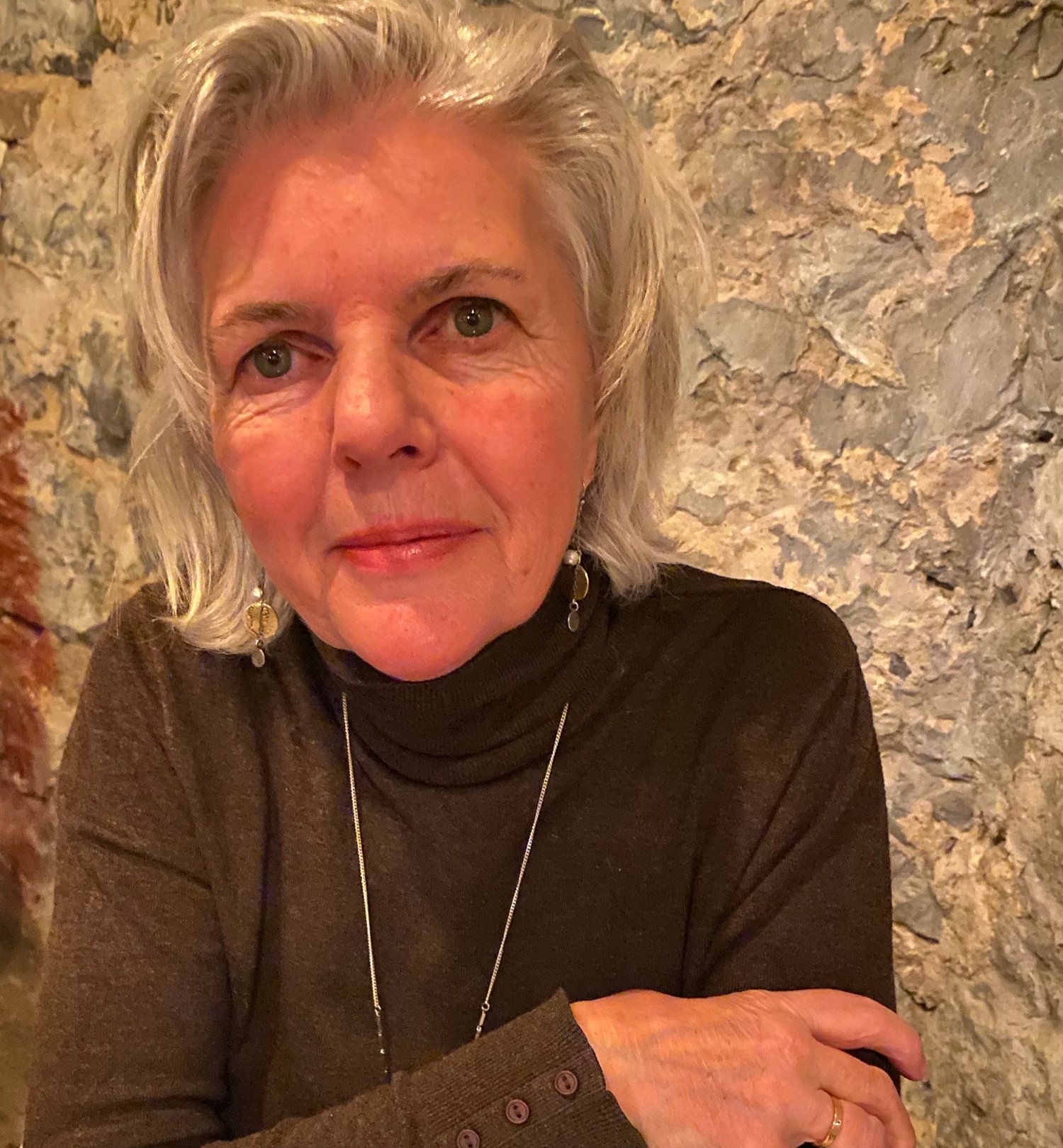De-Teching for Mindful Living
/I recently bought the book Virtual Unreality, which reads like a secular Revelation, or an exposé like Yo Yo Ma's 'Music without Borders' venture – an encounter with something I didn't know, with something I should.
For example, the writer tells us that of the some two hundred million blogs out there in cyberspace –the vast majority are unreadable. (This is useful information especially when you are in the middle of writing a blog!) It's good to know you can be published on Amazon with only a one-word book. Amazon will accept anything — even your book or mine, worth the read or not. There are lots of other revealing bits about the light and dark side of the web, but essentially here's the premise for the 200 pages in Charles Seife's book:
We now live in a world where the real and the virtual can no longer be disentangled.
As I spend a good portion of my day in the virtual realm, while recognizing face to face in the physical is preferable, I do intend to disentangle when I hit that log-out button.
My reading list has moved on now to trends in 2015: again into the virtual world but this one leans heavily towards de-teching and a descent from the Buddhist derived idea of mindfulness, into the realm of dumbed-down simplification. There will be an increase, I am informed by columnist Mireille Silcoff, in things like adult coloring books, sold as a way to take time out in one's busy day, along with gratitude journals, Buddha boards, and all manner of apps to unplug while plugged in. The "heads up movement " asks people to look up from their technology once in a while, and the acronym JOMO (Joy of Missing Out) is gaining momentum. Life coaches suggest taking a few minutes every day to sit and do nothing, or eat a raisin slowly so you will enjoy your day 50% more. This is actually biblical, but for a different reason ("sustain me with raisins, refresh me with apples, for I'm sick with love" Song of Songs). Trending, thanks to Goldie Hawn and a UBC Mindfulness research study, has our kids now benefiting from MindUp, a program which includes practices like breathing, tasting and exercise – geared to help them become less stressed and kinder human beings.
It seems we are going from exulting in the time-saving devices that have so expanded our lives, to getting away from them.
The movement towards mindful living reminds me of another trend underscored by the statistics from a previous decade: the current edition of Books in Print lists nearly 2,000 titles on prayer, meditation and techniques for spiritual growth – more than three times the number devoted to sexual intimacy and how to achieve it.
Whatever the stats, the need to connect to a deeper reality will never go away. For those of us who have experienced burnout or a 'disconnect' from our spiritual, emotional, and physical reservoirs – you know what I'm talking about – that lost sense of self, as in the story of the little boy who woke up in the middle of the night yelling, "Mom, its so dark in here I can't even see me!"
Years ago, in order to quench my own thirst for more “mindful living”, some of my sacred moments led me to history's great-but-forgotten Christian mystics.
Mystics are often viewed as hopeless dreamers who seek nothing else but to escape reason and reality. Yet, as I have discovered, the true mystic arduously sought to live actively the first and second great commandments: "Love the Lord your God with all your heart and with all your soul and with all your mind.” And, “Love your neighbor as yourself." They demonstrated a balanced lifestyle through a loving communion with God along with an active participation through community service – a lifestyle, according to Evelyn Underhill, which is the ideal in Christian mysticism, or what I would like to call my version of mindful living.
In her book The Mystics of the Church, Underhill explains that in Greek religion the mystae referred to the initiates of the "mysteries." They were believed to have received the vision of God, and with it, a higher calling in life. (I can hear the sirens going off as you read this.) When the Christian church adopted this term, it also adopted its original meaning. The Christian mystic, therefore, is one for whom God and Christ are the focus of mindful living, but they are also living realities who are experientially known. Mysticism then becomes a life based on a conscious communion with God overflowing into daily life.
A 'divine visits the ordinary' kind of experience is played out in great panoramic vision during some mindful moments in the sixth chapter of Isaiah. Those who seek to enter a deeper reality through knowing God have been patterning themselves after this majestic passage for countless centuries. J.B. Phillips in Letters To Young Churches writes it best: “We only know that if reality were to break through we should reflect his likeness, for we should see him as he really is.” (1 John 3:2)
As we connect to the digital world – an unavoidable imperative of modern life – and de-tech when we require the balance of mindful living we have an open invitation to spend time with the living God and all that is ultimate reality. The up or downside is that He will not allow us to remain passive. Unlike that daily moment of looking up and dwelling on nothing, history and literature show us that when we find ourselves before God, the results are always the same: there is a sense of our needs, the desire to be changed, and the impulse to reach out, or what the ancients termed serve.
Originally posted at redemptionchurch.ca.

